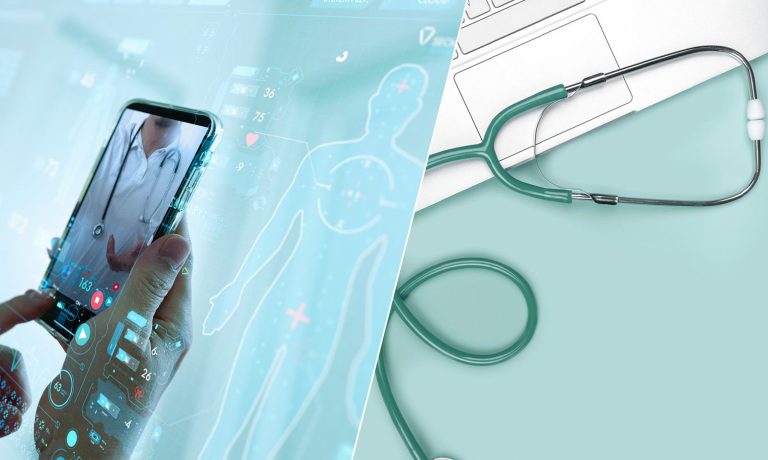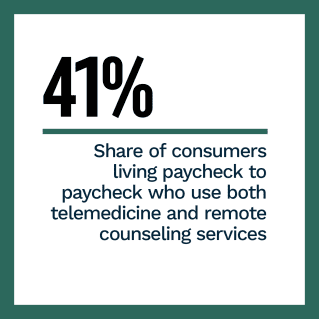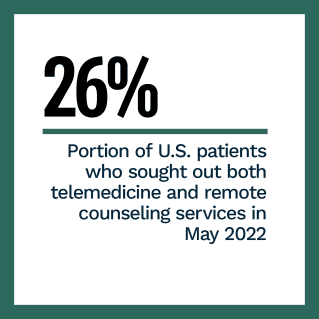Study Finds Demand for Telehealth Outlasts the Pandemic

The early days of the pandemic put patients between a rock and a hard place. Many patients delayed routine care during the first year of the pandemic, neglecting not only necessary appointments but also regular checkups, mental health care and even more pressing health concerns from fear of exposure.  Digital healthcare options such as telemedicine helped patients receive the cost-effective care they needed from the comfort of their homes, and two years later, it has only continued to become the norm.
Digital healthcare options such as telemedicine helped patients receive the cost-effective care they needed from the comfort of their homes, and two years later, it has only continued to become the norm.
The ConnectedEconomy™: The Trend Toward Digital Healthcare, a PYMNTS and CareCredit collaboration, examines the growth of telemedicine and other remote care options as well as patients’ opinions on those services and whether they would like to continue utilizing them, even as in-person options become available once again. We surveyed 2,696 consumers to learn more about their experiences with both in-person and remote healthcare and how they prefer to receive these services.
 More key findings from the report include:
More key findings from the report include:
• The pandemic and subsequent omicron variant surge have moved health to the front of patients’ minds. The use of in-person and digital healthcare has increased 2.4% since the beginning of the omicron surge in December 2021, rising from 57% engagement in December 2021 to 59% engagement in May 2022.
• More than one-quarter of patients now use telemedicine services to receive mental and physical healthcare. In May 2022, 26% of U.S. patients sought telemedicine and remote counseling services, compared to 21% in November 2021. Just 8% of patients used telemedicine options exclusively, and just 4% used remote counseling. The demand for online healthcare extends to mental and physical health, but when given the option to use both, many patients take it.
• Patients who live paycheck to paycheck use telehealth services more than the rest. Forty-one percent of patients who live paycheck to paycheck use both telemedicine and remote counseling services, while just 15% of patients who do not live paycheck to paycheck do the same. The share of patients living paycheck to paycheck that engage in both was just 34% in November 2021, indicating that this segment’s demand for digital health services is on the rise.
To learn more about how technology is changing the relationship consumers have with healthcare delivery, download the report.
